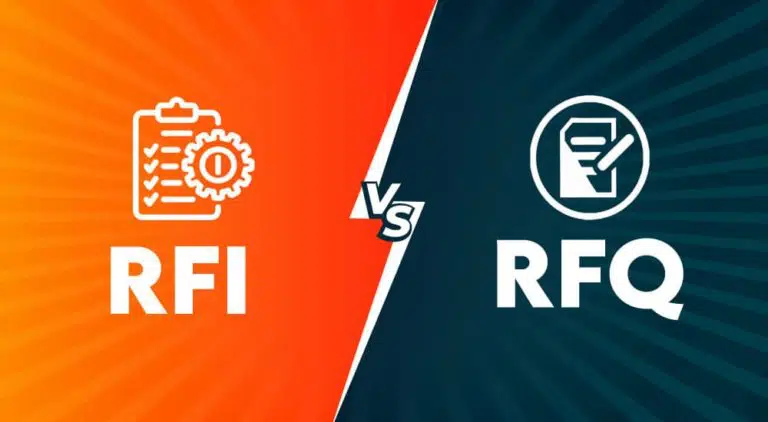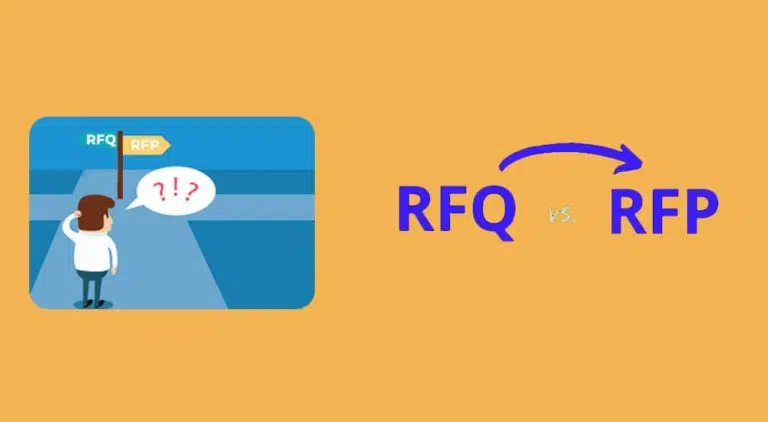Today we will discuss the Time and Materials contract in the context of project management.
Organizations use this contract when they lack the soft skills required for a project. The buyer will recruit experts and hire consultants through a time and materials contract.
Let’s examine this contract in more depth.
A Time and Materials Contract
In a Time and Materials (T&M) contract, the buyer pays the seller per hour or on a per-item basis for their services. Buyers often use this contract to hire experts and consultants because its Terms and Conditions are relatively simple compared to other contracts.
This contract is easy and quick to implement. However, since the scope of work is not well-defined, it is a more expensive option.
A T&M contract is a hybrid of a fixed-price and cost-reimbursable contract and is used when a precise statement of work cannot be efficiently established.
A T&M contract does not incentivize a better performance from the seller; all risk sits with the buyer.
To ensure the costs do not exceed the budget, the buyer may add a “Not to Exceed”-clause to the contract, limiting the total contractual cost. The contract must end once it reaches the “Not to Exceed” value.
Work should be closely monitored as allocated hours reach their limit.
Another alternative is to opt for a shared financial risk approach. In Agile, the quality criteria are one measure to define project completion. The supplier can be rewarded with a higher hourly rate when the delivery arrives earlier than the contracted deadline. Conversely, the supplier would suffer a rate reduction for late delivery.
When Should You Use Time & Materials Contract?
You can use the T&M contract when the scope of work is not well-defined and the contract duration is not fixed.
A T&M contract is useful when you mainly need to hire consultants or recruit experts; as such, this contract is sometimes also known as a service contract.
Example of a Time and Materials Contract
100 USD per hour plus expenses/materials.
How Does a Time and Materials Contract Work?
- T&M contracts are popular contracts used for hiring experts or consultants.
- They can be used to buy standard materials needed for the project.
- Vendors will be selected based on their capabilities and experience.
- It includes a negotiated price (or rate) for supplies.
- The final price will be based on the number of resources consumed or purchased.
- The buyer has reduced risk in T&M contracts compared to cost-reimbursable contracts.
Components of a Time and Materials Contract
A T&M contract consists of the following components:
- Labor Rates and Fee: This includes hourly or monthly labor rates and the contractor fee. Sometimes, the contract only has labor rates that include the contractor fee.
- Allowed Hours: This is the maximum labor hours allowed as per the contract to protect against any potential cost escalation.
- Materials Cost: The contract will cover the cost of the materials supplied in accordance with the contract. This will include consumables, equipment, vehicle, etc.
- Not to Exceed Value: A Not to Exceed (NTE) is the contract’s maximum value. A contract cannot exceed this value under any circumstances.
- Payment Terms: Here, the payment terms will be outlined. The buyer can pay the seller monthly or bi-monthly in accordance with the submitted invoice.
A Time and Materials Vs Fixed-Price Contract
You will use a Fixed-Price contract when the scope of work is well-defined, and you have experience dealing with similar projects. In a T&M contract, the scope of work is not well-defined, and you will need some expert knowledge-based services or consultancy.
The cost of a fixed-price contract is high as the seller bears the risk, while the buyer bears the risk in a T&M contract.
Any required additional work is costly in a fixed-price contract but not in the T&M contract as it is already included in the contract; you are only required to pay for the extra hours and materials at predetermined rates.
A Time and Materials Vs Cost Reimbursable Contract
In a Cost Reimbursable contract, the buyer reimburses the seller for the incurred expense cost plus an additional fee based on a formula outlined in the contract.
This contract is used for construction projects with a well-defined scope of work and duration. However, the reimbursement is not unlimited; there is a ceiling cost that the seller cannot exceed. Here, the contractor is reimbursed for all the direct and indirect expenses they have incurred as a part of the contract, plus an additional fee.
The scope, duration, and cost are all fixed in a fixed-price contract.
With a cost-reimbursable contract, any additional work required is not as costly since the contractor is only reimbursed for the expenses they incur plus an additional fee. In a fixed-price contract, changes are costly and negotiable.
Since the seller is reimbursed for all incurred costs, they bear no risk. All risk is with the buyers. Cost reimbursable contracts are the riskiest option for buyers, and fixed-price contracts are the riskiest option for sellers.
Advantages of a Time and Material Contract
- This contract can be created quickly because the Statement of Work (SOW) has fewer details.
- The contract duration is brief and limited.
- This is a good choice when hiring experts and equipment.
Disadvantages of a Time and Material Contract
- The seller earns a profit for every hour or unit billed, which may tempt them to spend longer on the work than necessary.
- The seller has no incentive to control costs.
- This contract type requires a great deal of day-to-day oversight from the buyer.
Conclusion
A T&M contract is a hybrid of a fixed price and cost reimbursable contract that works well when you need to hire experts and temporary staff. With this contract, the seller bears no risk and, therefore, has no incentive to control costs.
Opt for using a T&M contract if the duration of the work is relatively brief, the scope is unclear, and you are prepared to monitor seller performance.
This concept is important from the PMP exam point of view, so understand it well.

I am Mohammad Fahad Usmani, B.E. PMP, PMI-RMP. I have been blogging on project management topics since 2011. To date, thousands of professionals have passed the PMP exam using my resources.







